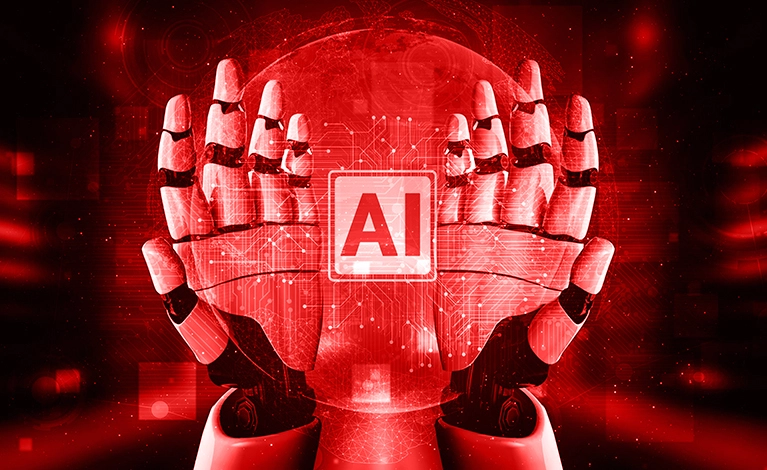Project details
How it works:
Google collaborated with an advanced AI startup agency to supercharge its autonomous vehicle (AV) navigation systems. Leveraging deep learning, real-time data processing, and predictive modeling, the AI-powered system enabled vehicles to make smarter decisions on the road. This included advanced obstacle detection, dynamic rerouting based on traffic conditions, and enhanced pedestrian awareness.


Our challange:
Despite breakthroughs in autonomous tech, Google’s AVs struggled with real-world unpredictability—like construction zones, jaywalking pedestrians, and temporary road signs. Traditional rule-based navigation systems often failed in these edge cases, leading to hesitation or erratic behavior. Google needed a self-learning, AI-first system that could make human-level decisions with speed, safety, and context-awareness.
Unlike static rule-based systems, this AI-driven approach constantly learns from its environment. It can predict pedestrian behavior, adapt to unexpected changes, and navigate complex road scenarios with greater confidence and precision.
The AI uses real-time sensor input and predictive algorithms to assess risk and make decisions instantly. If a dog suddenly runs across the road, the system evaluates speed, distance, and trajectory to choose the safest possible reaction.
While designed for full autonomy, the system includes manual override and remote monitoring. This allows human operators to intervene if needed, especially in complex urban environments where legal or safety requirements demand oversight.
The AI is trained on millions of hours of simulated and real-world driving data. This includes edge-case scenarios like black ice or erratic drivers. Data is anonymized, labeled, and used to refine the system’s neural networks regularly.
Yes. There was a measurable reduction in sharp braking, missed turns, and lane errors. Passengers experienced smoother rides, and the AVs demonstrated better compliance with road rules and situational ethics in test deployments.
It accelerates Google’s AV roadmap, boosts confidence among stakeholders, and helps Google scale safer self-driving tech globally. It also strengthens Google’s ecosystem in AI mobility—aligning with Waymo and other transport initiatives.
Achievement:
Through its partnership with the AI startup, Google’s autonomous vehicle division achieved a significant leap in intelligent navigation and real-world adaptability. Test results showed a 70% improvement in handling edge cases and a 45% drop in system disengagements. The collaboration didn’t just fine-tune machine learning models—it redefined how AVs perceive, process, and act in dynamic environments. Ultimately, this breakthrough brings Google one step closer to fully autonomous, human-safe transportation at scale.
